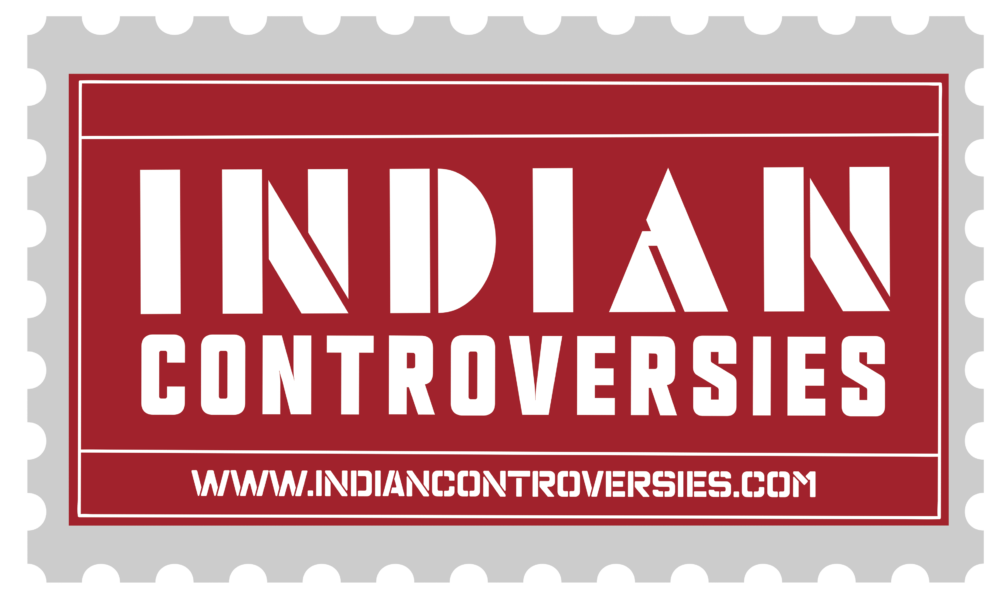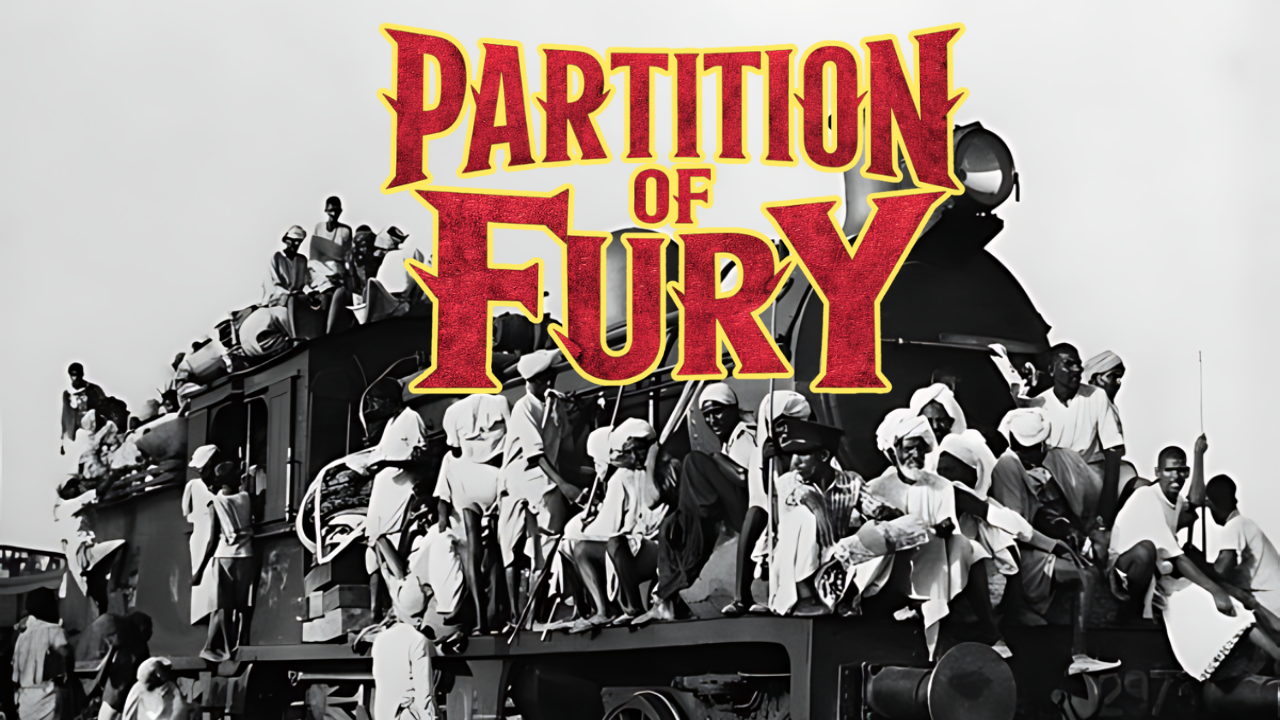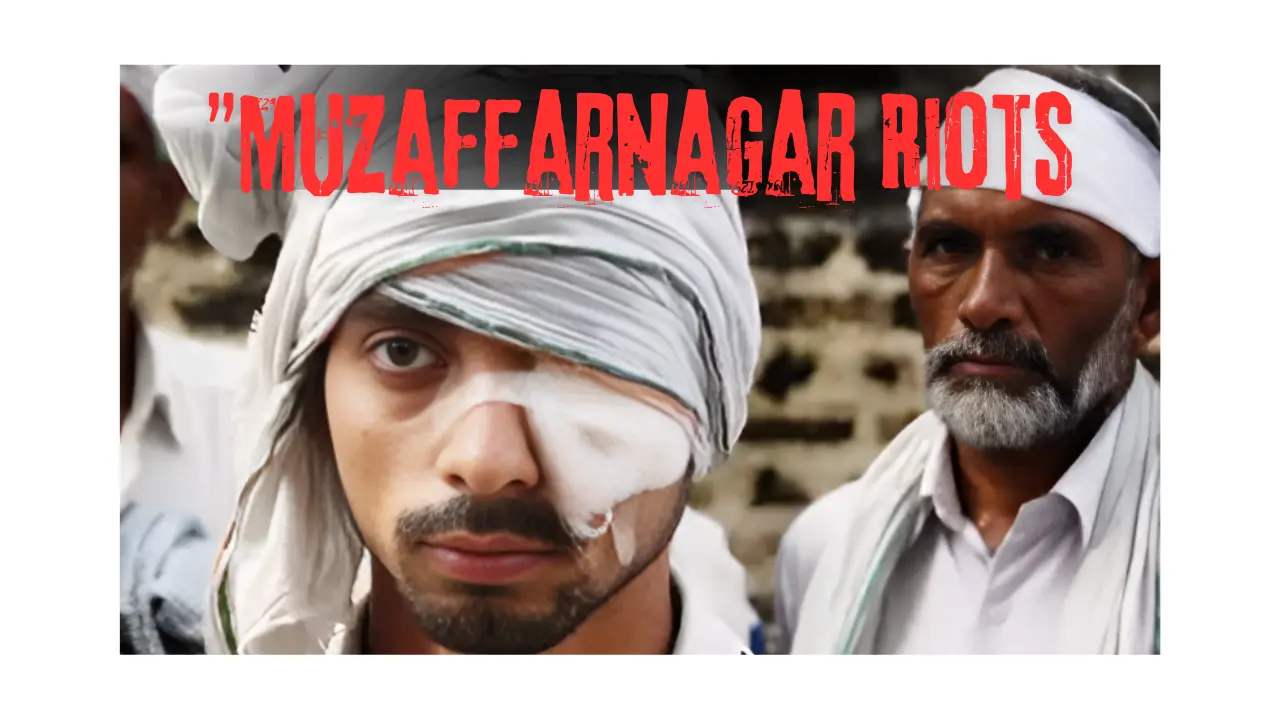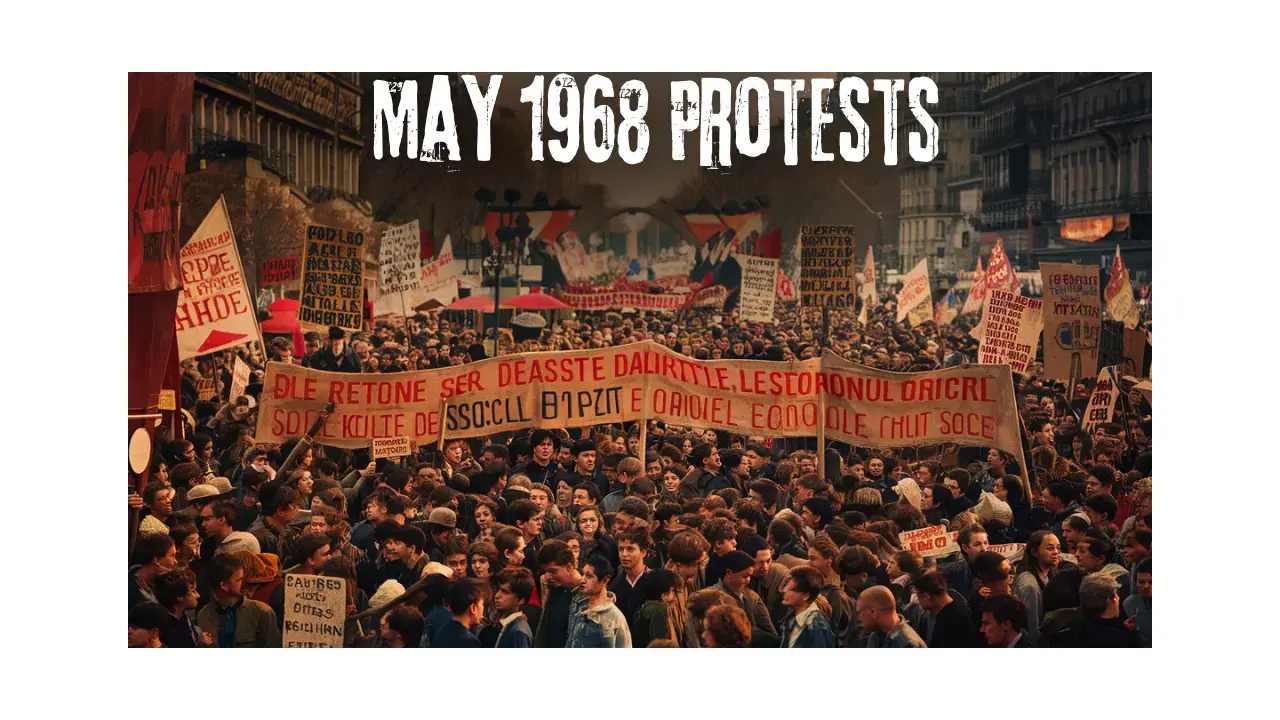During the stormy summer of 1947, the Indian subcontinent was ripped apart by a cataclysmic event that would leave wounds for generations—the dissolution of the British Raj. Motivated by the controversial Two-Nation Theory, India was divided into Pakistan and India, two sovereign nations. This historic decision, which was made in response to the demands of Muslims and Hindus for separate nations, led to massive migrations, never-before-seen levels of violence, and a legacy of enduring hostility.
Prelude to Chaos: Seeds of Division
The Muslim League and Muhammad Ali Jinnah were the main proponents of the Two-Nation Theory, which held that Muslims and Hindus could not live in harmony within one nation. Throughout the 1940s, this thought gathered momentum, leading to the call for the creation of an independent Islamic state. Community tensions, which had been building for decades, erupted to a breaking point as the British withdrawal from India became imminent.
Muhammad Ali Jinnah
The Muslim League’s founder, Jinnah, became the main proponent of Pakistan. He thought that in a country where Hindus predominate, Muslims would experience social and political marginalization. His vision of a country where Muslims might freely exercise their faith and safeguard their cultural identity propelled him in his unwavering campaign for the creation of a separate Muslim state.
Jawaharlal Nehru and Mahatma Gandhi
On the other hand, visionaries of the Indian National Congress, such as Jawaharlal Nehru and Mahatma Gandhi, envisioned a single India in which all communities could live in harmony. They envisioned a secular polity that valued variety. However, the growing intercommunal violence and their failure to come to terms with the demands of the Muslim League ultimately resulted in the acceptance of division as a painful but necessary solution.
Lord Louis Mountbatten
The duty of directing the country’s transition to independence fell to Lord Louis Mountbatten, the final Viceroy of India. He accelerated the procedure in response to the rapidly approaching deadline and the rising level of violence, which resulted in the hastily drawn Radcliffe Line, which would mark the new borders between India and Pakistan. The violence increased as a result of this hasty delineation, which caused confusion and disarray.
The Inferno Unleashed
The duty of directing the country’s transition to independence fell to Lord Louis Mountbatten, the final Viceroy of India. He accelerated the procedure in response to the rapidly approaching deadline and the rising level of violence, which resulted in the hastily drawn Radcliffe Line, which would mark the new borders between India and Pakistan. The violence increased as a result of this hasty delineation, which caused confusion and disarray.
Rawalpindi Massacres
Rawalpindi, a mostly Muslim city in Punjab, saw one of the first and bloodiest outbreaks of violence connected to the split in March 1947. Sikh and Hindu populations were targeted by Muslim mobs who were allegedly incited by the National Guards of the Muslim League. There were estimates of 2,000–7,000 dead, with entire towns destroyed. Horrible crimes against women were perpetrated, such as forced conversions and mass rapes.
Thoha Khalsa Tragedy
An armed mob surrounded Sikh villagers in Thoha Khalsa and demanded that they convert to Islam. Sikh males slaughtered their female relatives in a frantic attempt to stop them from being kidnapped and raped. More than ninety women and children jumped into a well to end their lives by mass suicide. Tragically, these terrifying occurrences were frequent during this time.
The human cost
One of the biggest forced migrations in history was the consequence of the division. Between 14 and 18 million individuals are thought to have crossed the recently drawn borders in search of safety from violence. Trains and caravans were regularly assaulted, making the voyage dangerous. The resulting conflict claimed the lives of about a million people.
The Silent Victims
The harsh effects of the division fell primarily on women. During the riots, an estimated 100,000 women are thought to have been killed, raped, kidnapped, and abducted. To “protect their honor” and prevent being forced to convert, several took their own lives. In addition to being a personal tragedy, violence against women also caused significant societal grief.
Legacy of Division
The subcontinent bears the permanent scars of the separation. Deeply ingrained mistrust, social unrest, and economic ruin characterized the immediate aftermath. The violence sowed the seeds of animosity that still affect India-Pakistan ties today.
Unresolved Questions
The 1947 Partition Riots bring up important issues of nationalism, colonialism’s legacy, and the ability of multiple societies to cohabit. Might the leaders have made a different decision? Was the division unavoidable, or was there a way to lessen the violence?





